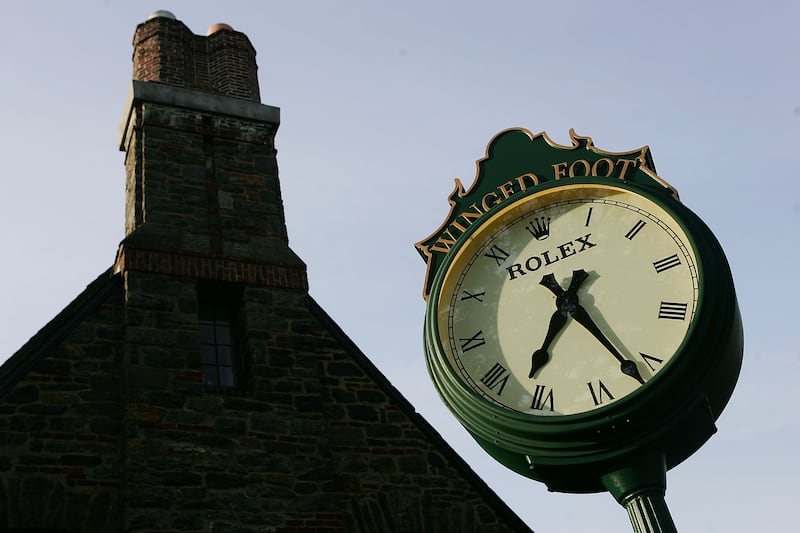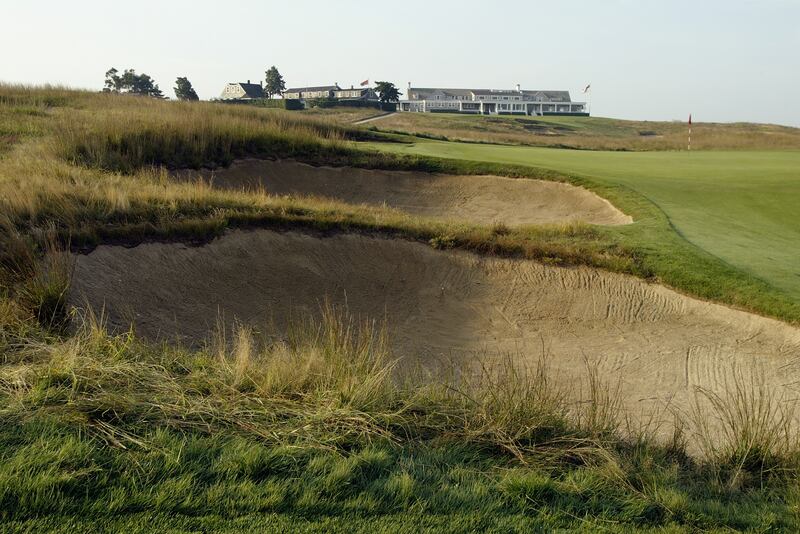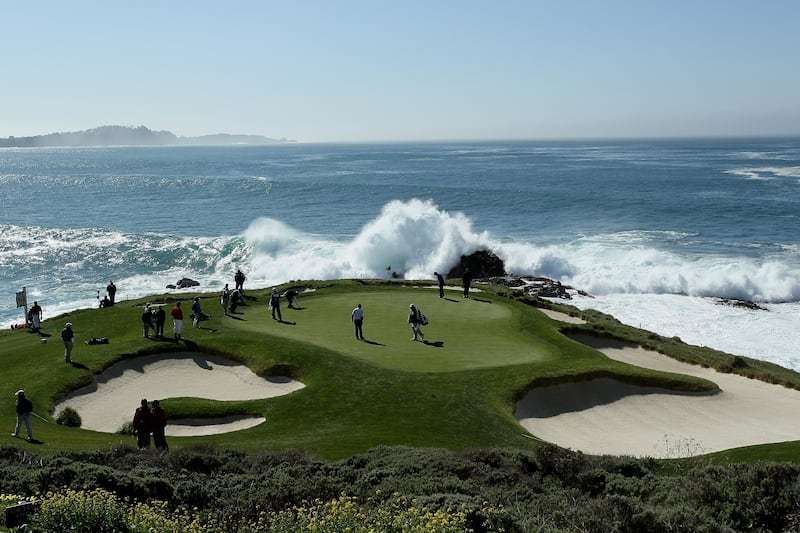The 124th US Open takes place at Pinehurst No. 2 in North Carolina next week, from June 13th – June 16th, on a course expected to play fast and firm.
Traditionally, the championship is played as the toughest of the four men’s Majors. The USGA – who run it – adopt a philosophy “to make the championship the most rigorous, yet fair and complete, examination of golf skills, testing all forms of shot-making”.
Pinehurst, going forward, will be the anchor venue for the venerable championship: indeed, the championship will return regularly to the North Carolina golfing mecca with future dates of 2029, 2035, 2041 and 2047 pencilled in already.
Will the firm conditions anticipated for next week enable Pinehurst No. 2 to break into the top five of toughest US Open courses?
RM Block
We’ll find out ... but, over the long history of the championship, the toughest examinations have been elsewhere, the top-5 in difficulty being Winged Foot, Oakmont, Shinnecock Hills, Pebble Beach and Merion.
Winged Foot

Winged Foot in Mamaroneck, New York, has shown its teeth more than any other host course. When Hale Irwin won in 1974, his seven-over-par total of 287 came in a championship dubbed the “Massacre at Winged Cut” where the cut fell at plus-13; and when Geoff Ogilvy triumphed in 2006, it was with a five-over-par total of 285. “It’s the hardest course I’ve ever played,” commented Justin Thomas of his experience there.
Next time on the schedule: 2028
Oakmont Country Club

Oakmont Country Club outside Pittsburgh, in Pennsylvania, has a self-styled label of being the “ultimate examination” and such bragging rights are backed up by past experiences. When Angel Cabrera won in 2007, his 72-holes total was five-over-par 285 – which gave him a one-shot winning margin over Tiger Woods and Jim Furyk – and that high aggregate total has not been threatened in any year since then. There were only eight rounds under par through the four days.
Next time on the schedule: 2025
Shinnecock Hills

Shinnecock Hills in Southampton, Long Island, New York has earned a reputation as a brute, with some notoriously difficult past examinations. When Brooks Koepka won in 2018, his total of one-over-par 281 gave him a one shot win over Tommy Fleetwood. However, its staging of the championship in 2004 – won by Retief Goosen – that earned its notoriety. The USGA took the greens right to the edge, with players struggling to keep putts on the putting surfaces, to the point that greenstaff were forced to water between groups. The final round average was 78.7.
Next time on the schedule: 2026
Pebble Beach

Pebble Beach Links on Monterey Peninsula in California has proved an iconic clifftop location overlooking the Pacific and, while Tiger Woods was 12-under-par 271 in winning in 2000, it was as if he played a different course as the runners-up (Ernie Els and Miguel Angel Jimenez) were 15 shots adrift. Jack Nicklaus won in 1972 with a two-over-par 290 (a high aggregate total never reached anywhere since) that gave him two shots to spare. In the final round, where ocean winds caused chaos, the average score was 78.8.
Next time on the schedule: 2027
Merion

Merion Golf Club outside Philadelphia in Pennsylvania is famed for its unique wicker baskets rather than flags on the sticks and was also where the iconic Ben Hogan tee shot – just 18 months after his near-fatal car crash – was captured in his playoff win over George Fazio and Lloyd Mangrum after they finished on seven-over-par 287 through 72 holes. When David Graham won with a seven-under-par 273 in 1981 it was feared Merion had been outgrown by technology. However, the acquisition of land (and a Gil Hanse design input) enabled the championship’s return to the rota in 2013 when no player finished under par and Justin Rose won with a one-over total of 281.
Next time on the schedule: 2030
- Sign up for push alerts and have the best news, analysis and comment delivered directly to your phone
- Join The Irish Times on WhatsApp and stay up to date
- Listen to our Inside Politics podcast for the best political chat and analysis





















